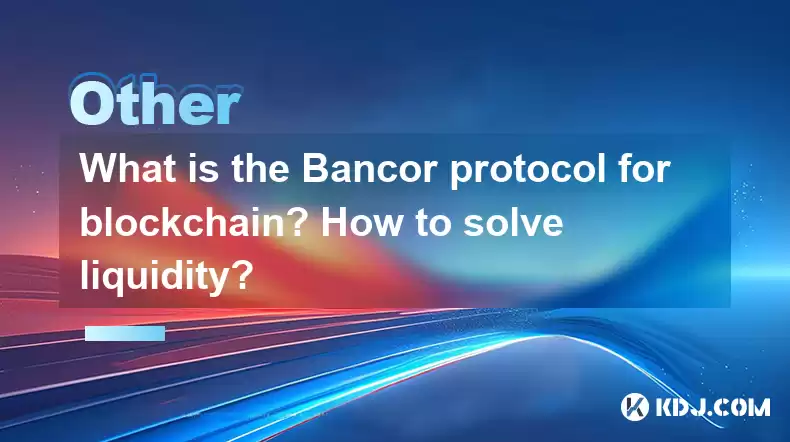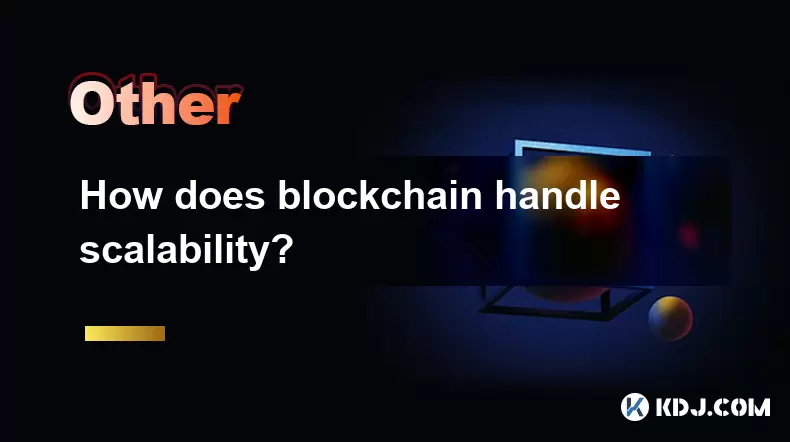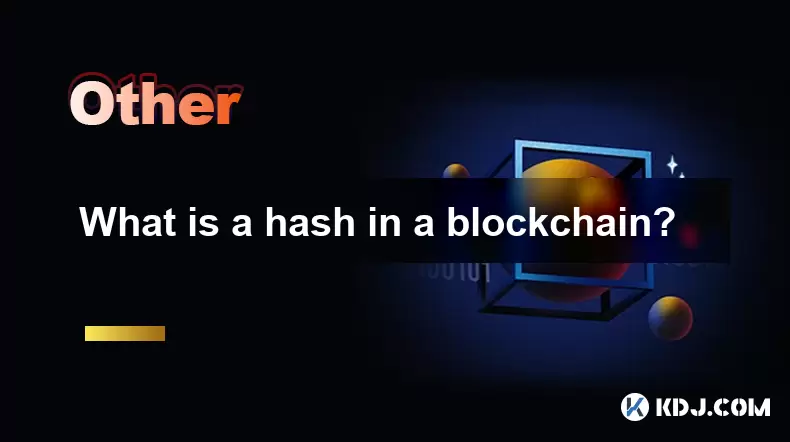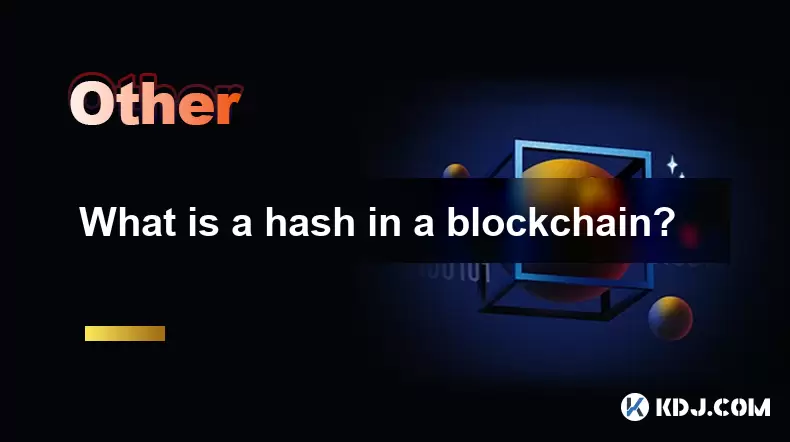-
 Bitcoin
Bitcoin $113900
-1.39% -
 Ethereum
Ethereum $3517
-4.15% -
 XRP
XRP $3.009
1.59% -
 Tether USDt
Tether USDt $0.9997
-0.04% -
 BNB
BNB $766.8
-1.41% -
 Solana
Solana $164.6
-2.38% -
 USDC
USDC $0.9998
-0.02% -
 TRON
TRON $0.3277
0.65% -
 Dogecoin
Dogecoin $0.2023
-1.67% -
 Cardano
Cardano $0.7246
0.05% -
 Hyperliquid
Hyperliquid $38.27
-4.77% -
 Sui
Sui $3.528
-0.52% -
 Stellar
Stellar $0.3890
-0.73% -
 Chainlink
Chainlink $16.16
-2.69% -
 Bitcoin Cash
Bitcoin Cash $539.9
-4.38% -
 Hedera
Hedera $0.2425
-2.00% -
 Avalanche
Avalanche $21.71
-0.97% -
 Toncoin
Toncoin $3.662
5.73% -
 Ethena USDe
Ethena USDe $1.000
-0.02% -
 UNUS SED LEO
UNUS SED LEO $8.964
0.35% -
 Litecoin
Litecoin $107.7
2.33% -
 Shiba Inu
Shiba Inu $0.00001223
-0.40% -
 Polkadot
Polkadot $3.617
-0.97% -
 Uniswap
Uniswap $9.052
-2.49% -
 Monero
Monero $295.1
-3.79% -
 Dai
Dai $0.9999
0.00% -
 Bitget Token
Bitget Token $4.315
-1.85% -
 Pepe
Pepe $0.00001060
0.11% -
 Cronos
Cronos $0.1342
-2.72% -
 Aave
Aave $256.0
-0.87%
What is the Bancor protocol for blockchain? How to solve liquidity?
Bancor protocol enables automatic token conversion on blockchain using smart contracts and liquidity pools, addressing liquidity issues in the crypto market.
Apr 28, 2025 at 06:15 am

The Bancor protocol is a decentralized liquidity protocol designed to enable automatic and instantaneous conversion between tokens on the blockchain. This innovative system was introduced to address the liquidity challenges often faced in the cryptocurrency ecosystem. The core idea behind Bancor is to allow tokens to be traded directly against one another without requiring a traditional order book or a centralized exchange. Instead, liquidity is provided through a smart contract mechanism known as a liquidity pool.
How Bancor Works
The Bancor protocol operates using smart contracts that hold reserves of one or more tokens. These reserves form what is known as a liquidity pool. When a user wants to exchange one token for another, they interact with the Bancor smart contract, which calculates the exchange rate based on the current state of the liquidity pool. The exchange rate is determined by a mathematical formula that ensures the value of the pool remains balanced after each transaction.
Liquidity Pools and Tokens
In the Bancor system, tokens are referred to as Smart Tokens. These Smart Tokens are connected to one or more reserve tokens, which can be any other token on the blockchain, including stablecoins or even the native token of the blockchain itself. The Smart Token's value is derived from the value of its reserve tokens, and the liquidity pool ensures that there is always a market for the Smart Token, even if there are no direct buyers or sellers at the moment.
Solving Liquidity Issues
One of the primary challenges in the cryptocurrency market is liquidity. Without sufficient liquidity, it can be difficult to buy or sell tokens at a fair price, leading to high slippage and volatility. Bancor addresses this issue by providing a mechanism for continuous liquidity. Here's how it works:
- Liquidity Providers: Users can become liquidity providers by depositing tokens into the liquidity pool. In return, they receive a share of the fees generated from transactions that use the pool.
- Automated Market Maker: The Bancor protocol uses an Automated Market Maker (AMM) model, which automatically adjusts the price of tokens based on supply and demand within the pool. This ensures that there is always a price at which tokens can be bought or sold.
- Continuous Liquidity: Because the liquidity pool is always available, users can trade tokens at any time without waiting for a counterparty. This continuous liquidity reduces the risk of price manipulation and improves the overall trading experience.
Benefits of Bancor
The Bancor protocol offers several benefits to users and the broader cryptocurrency ecosystem:
- Decentralization: By using smart contracts, Bancor operates in a decentralized manner, reducing the need for intermediaries and increasing trust in the system.
- Accessibility: Anyone can create a Smart Token and connect it to a liquidity pool, making it easier for new projects to launch and gain liquidity.
- Efficiency: The automated nature of the Bancor protocol means that transactions can be executed quickly and at a lower cost compared to traditional exchanges.
How to Use Bancor
To use the Bancor protocol, users need to follow a few simple steps:
- Connect Wallet: First, users need to connect their cryptocurrency wallet to the Bancor platform. This can be done using popular wallets like MetaMask or Trust Wallet.
- Select Tokens: Users can then select the tokens they want to exchange. They can choose from a wide range of tokens available on the Bancor platform.
- Enter Amount: Users enter the amount of tokens they want to exchange and review the transaction details, including the exchange rate and any applicable fees.
- Confirm Transaction: Once satisfied with the details, users confirm the transaction, which is then executed by the Bancor smart contract.
Liquidity Provision on Bancor
For those interested in providing liquidity to the Bancor ecosystem, the process is straightforward:
- Choose a Pool: Users can select a liquidity pool that they want to contribute to. This could be a pool for a specific token pair or a pool that supports multiple tokens.
- Deposit Tokens: Users deposit the required tokens into the pool. The amount of tokens needed will depend on the pool's current state and the desired level of liquidity.
- Earn Fees: As transactions occur within the pool, liquidity providers earn a portion of the fees generated. These fees are distributed proportionally based on the user's share of the pool.
Technical Aspects of Bancor
The Bancor protocol uses a constant product market maker formula to determine the exchange rate between tokens in the liquidity pool. The formula is expressed as:
[ x \cdot y = k ]
Where ( x ) and ( y ) represent the quantities of the two tokens in the pool, and ( k ) is a constant. When a user swaps one token for another, the product of the quantities remains constant, ensuring that the pool remains balanced.
Security and Risks
While the Bancor protocol offers many advantages, it is important to consider the potential risks:
- Smart Contract Risks: As with any decentralized system, there is a risk of smart contract vulnerabilities. Users should ensure that they are using audited and secure smart contracts.
- Impermanent Loss: Liquidity providers may experience impermanent loss, which occurs when the price of the tokens in the pool changes after they have been deposited. This can result in a loss of value compared to holding the tokens outside the pool.
- Regulatory Risks: The regulatory environment for cryptocurrencies is still evolving, and changes in regulations could impact the operation of the Bancor protocol.
Frequently Asked Questions
Q: Can I use Bancor on any blockchain?
A: Bancor is primarily designed for the Ethereum blockchain, but it has been adapted to work on other blockchains like EOS and Binance Smart Chain. Users should check the specific implementation details for each blockchain.
Q: How are fees calculated on Bancor?
A: Fees on Bancor are typically a percentage of the transaction amount and are used to reward liquidity providers. The exact fee structure can vary depending on the specific pool and the tokens being traded.
Q: What happens if a liquidity pool runs out of one of its tokens?
A: If a liquidity pool runs out of one of its tokens, it becomes impossible to swap into that token until more of it is added to the pool. This situation can lead to temporary imbalances in the pool, but it does not affect the overall functionality of the Bancor protocol.
Q: Can I withdraw my liquidity at any time?
A: Yes, liquidity providers can withdraw their tokens from the pool at any time. However, they should be aware of potential impermanent loss and the current state of the pool before making a withdrawal.
Disclaimer:info@kdj.com
The information provided is not trading advice. kdj.com does not assume any responsibility for any investments made based on the information provided in this article. Cryptocurrencies are highly volatile and it is highly recommended that you invest with caution after thorough research!
If you believe that the content used on this website infringes your copyright, please contact us immediately (info@kdj.com) and we will delete it promptly.
- Bitcoin, XRP, and the Price Drop Blues: What's Shakin' in Crypto?
- 2025-08-03 00:30:12
- Bank of America, Ripple, and RLUSD: A New Era in Digital Finance?
- 2025-08-03 00:30:12
- Bitcoin Strategy: Saylor's Not Hoarding, He's Building an Empire
- 2025-08-02 22:30:12
- Bitcoin Bloodbath: Macro Pressures and Liquidations Unleash Crypto Chaos
- 2025-08-02 22:30:12
- Tron, Cold Wallets, and Crypto Trends: What's Hot in the Market?
- 2025-08-02 23:10:12
- Bitcoin's Wild Ride: Davinci, Investors, and the $500K Dream
- 2025-08-02 23:50:12
Related knowledge

What is the difference between on-chain and off-chain transactions?
Aug 02,2025 at 04:22pm
Understanding On-Chain TransactionsOn-chain transactions refer to digital asset transfers that are recorded directly on a blockchain ledger. These tra...

What is the double-spending problem and how does blockchain prevent it?
Aug 02,2025 at 01:07pm
Understanding the Double-Spending ProblemThe double-spending problem is a fundamental challenge in digital currency systems where the same digital tok...

What is the difference between a blockchain and a database?
Aug 01,2025 at 09:36pm
Understanding the Core Structure of a BlockchainA blockchain is a decentralized digital ledger that records data in a series of immutable blocks linke...

How does blockchain handle scalability?
Aug 02,2025 at 02:58pm
Understanding Blockchain Scalability ChallengesBlockchain scalability refers to a network's ability to handle an increasing volume of transactions wit...

What is a hash in a blockchain?
Aug 02,2025 at 05:28am
Understanding the Concept of Hash in BlockchainA hash in the context of blockchain technology refers to a unique digital fingerprint generated by a cr...

What is a hash in a blockchain?
Aug 02,2025 at 04:43am
Understanding the Concept of Hash in BlockchainA hash in the context of blockchain technology refers to a unique digital fingerprint generated by a cr...

What is the difference between on-chain and off-chain transactions?
Aug 02,2025 at 04:22pm
Understanding On-Chain TransactionsOn-chain transactions refer to digital asset transfers that are recorded directly on a blockchain ledger. These tra...

What is the double-spending problem and how does blockchain prevent it?
Aug 02,2025 at 01:07pm
Understanding the Double-Spending ProblemThe double-spending problem is a fundamental challenge in digital currency systems where the same digital tok...

What is the difference between a blockchain and a database?
Aug 01,2025 at 09:36pm
Understanding the Core Structure of a BlockchainA blockchain is a decentralized digital ledger that records data in a series of immutable blocks linke...

How does blockchain handle scalability?
Aug 02,2025 at 02:58pm
Understanding Blockchain Scalability ChallengesBlockchain scalability refers to a network's ability to handle an increasing volume of transactions wit...

What is a hash in a blockchain?
Aug 02,2025 at 05:28am
Understanding the Concept of Hash in BlockchainA hash in the context of blockchain technology refers to a unique digital fingerprint generated by a cr...

What is a hash in a blockchain?
Aug 02,2025 at 04:43am
Understanding the Concept of Hash in BlockchainA hash in the context of blockchain technology refers to a unique digital fingerprint generated by a cr...
See all articles

























































































